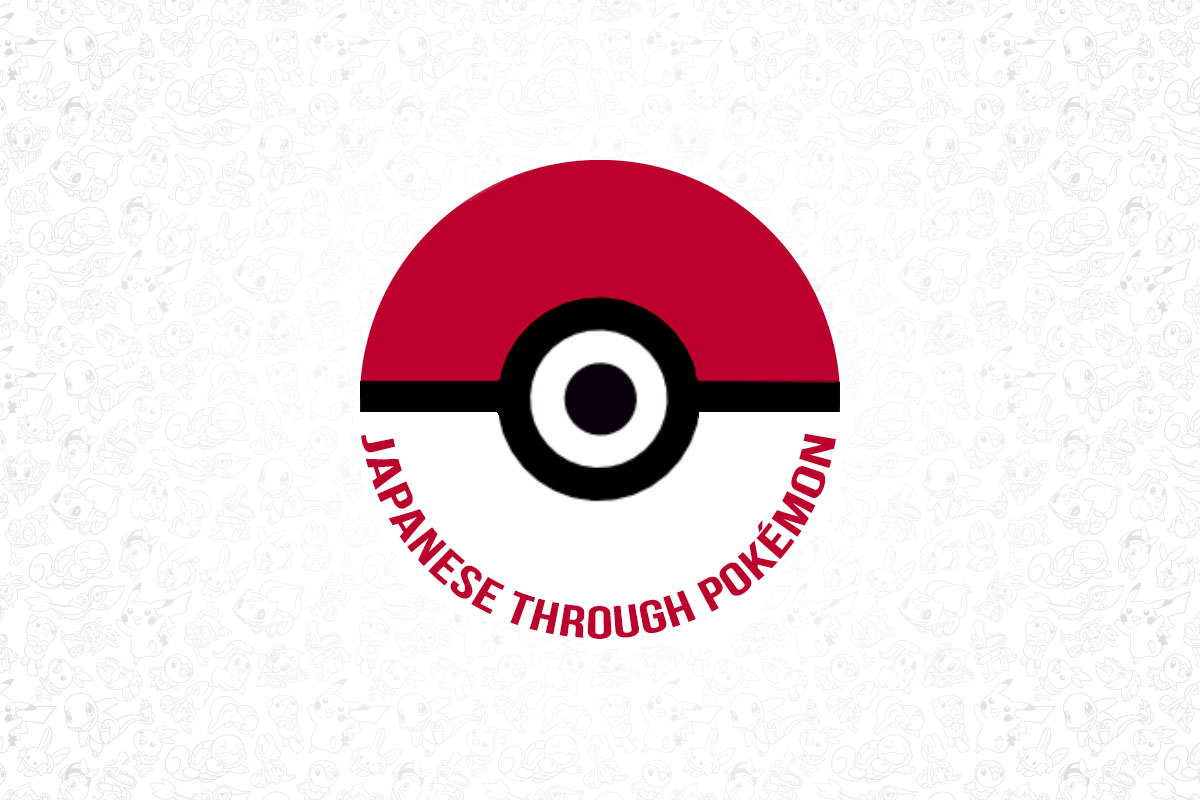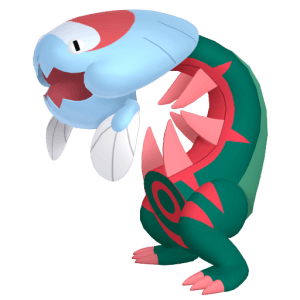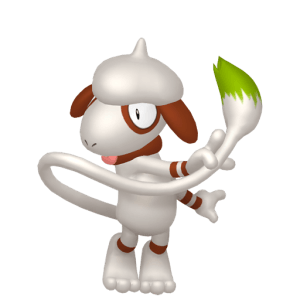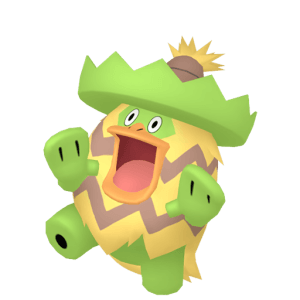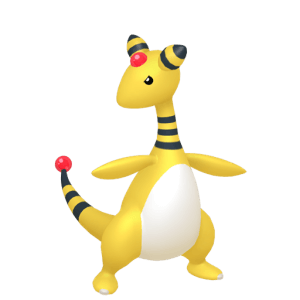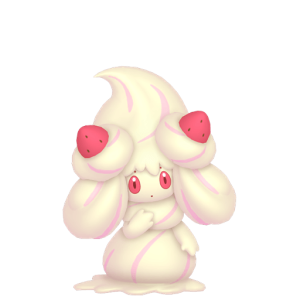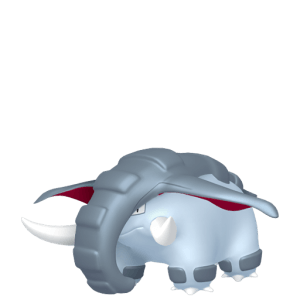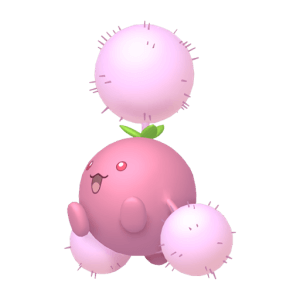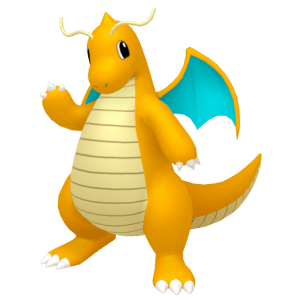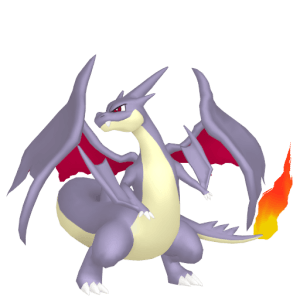Japanese Through Pokémon is a column dedicated to exploring the Japanese language through the context of Pokémon. Our goals are two-fold: help our readers gain a more well-rounded understanding of the series by learning about its Japanese roots and also to help people learn more about the Japanese language itself. This is written without any expectation of readers having knowledge about the language and if anything is unclear, let us us know down in the comments!
The Basics
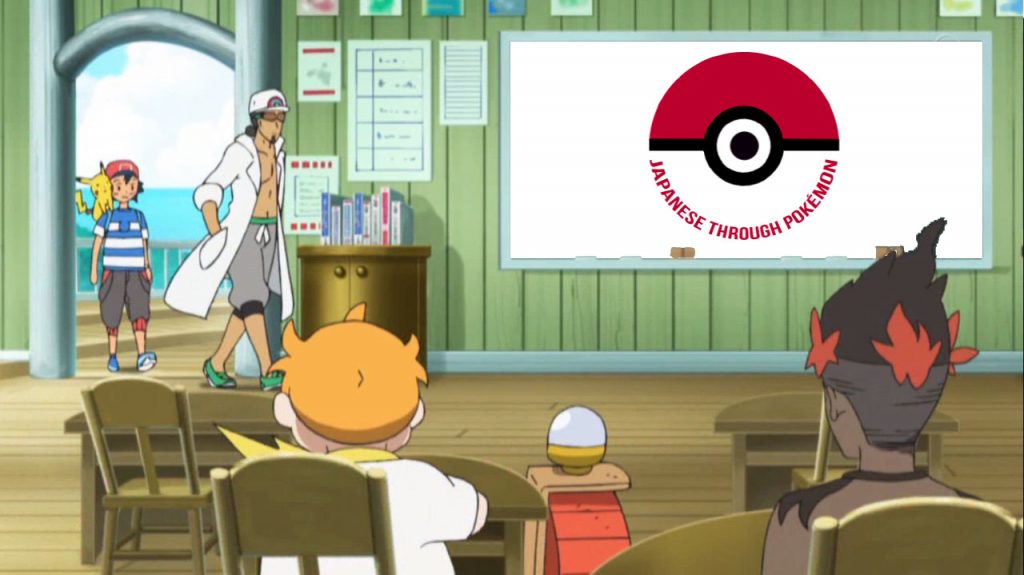
Hiragana is the default way Japanese is usually written (alongside kanji), while Katakana is often used for words which originated in foreign countries or when writing scientific names. Both hiragana and katakana characters represent a single syllable, making them easy to memorize (watch out for ゛and ゜which modify the character they’re attached to however). Take note that Japanese Pokémon names are always written in katakana! As a rule of thumb hiragana characters are more fluid and rounded while katakana’s are much more angular.
I will put the syllables in parenthesis behind Japanese words, but I recommend you check out just how hiragana/katakana are pronounced to get a more nuanced understanding. Those links contain a resource which has a recording of all the syllables so that you can hear them spoken by a native speaker!
In contrast, kanji (which were imported from China) are often more complex and usually have more than one reading. We recommend you check out those Wikipedia links if you really want to learn more!
Pokémon #001-003
The first three Pokémon of the original Pokédex are, as we know them, Bulbasaur, Ivysaur and Venusaur. Let’s take a look at how they got their names!
Bulbasaur is known as フシギダネ (fu-shi-gi-da-ne, Fushigidane) in Japanese. HINT: Don’t forget, this is a Pokémon name so you’re looking at katakana characters. Bulbasaur’s name is quite a clever bit of word play which I’ll break down for you. “Fushigi” is the Japanese word for mysterious (kanji: 不思議, fu-shi-gi) and “da ne” is roughly “isn’t it?” in English; literally “Mysterious, isn’t it?” The word play doesn’t end there however, because “tane” (which becomes “dane” through sequential voicing—rendaku) is also the Japanese word for “seed” (kanji:種、tane), which means it can alternately mean “mysterious seed”.
Ivysaur is known as フシギソウ (fu-shi-gi-so-u, Fushigisou) to Japanese players. This is more word play around “fushigi”, mysterious, again. In Japanese adjectives can be affixed with with “sou” to meaning “-looking”, as in “What a delicious-looking cake!” In this case we’re modifying mysterious, so it literally becomes “mysterious-looking” (不思議そう). This also has another meaning however, because the kanji for “grass” (草、kusa) can be read as “sou” and when coupled with the first part of its name takes on the meaning “mysterious grass”!
Venusaur‘s name in Japanese is フシギバナ (fu-shi-gi-ba-na, Fushigibana). Compared to its pre-evolutions, its name is more straightforward. By now I hope you recognize the first part, “fushigi”, means “mysterious”. The second part, “bana” is actually a modified version of “hana” (through sequential voicing), which means flower (kanji:花、hana). Literally “mysterious flower”!
Vocabulary:
At the end of a “lesson” we’ll try to highlight the important words. Normally we will write them in kanji with the hiragana, katakana and English syllables in parenthesis (in that order).
- 不思議 (ふしぎ・フシギ・fu-shi-gi): mysterious
- 種 (たね・タネ・ta-ne): seed
- 草 (くさ・クサ・ku-sa): grass [Alternate reading: そう・ソウ・so-u]
- 花 (はな・ハナ・ha-na): flower
Wrapping Up
In this case, all three Pokémon names have quite different different connotations in Japanese and it’s not hard to imagine that fan perceptions may be different in the West than in the East. We have a very strong connotation of grassy dinosaurs because of their names, but in Japan there may not be such a strong disposition to see them as anything other than a regular reptile (although -saur is lizard or reptile in ancient greek, but we mostly recognize it from the word dinosaur and various dinosaur names).
Going forward I want to combine Pokémon and other differences between the English and Japanese games, but I’ll stop here so you can soak up some knowledge and also check out the links above to get a better grasp on the general writing systems if you need.
It would also be helpful if you could let me know what may have been unclear to you so that I can improve my explanations going forward!

